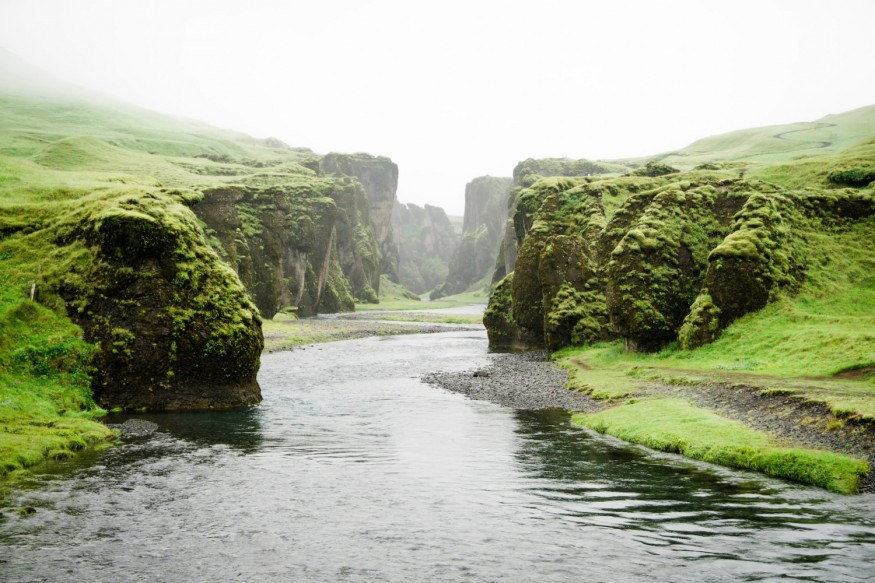Sewage pollution has become the greatest threat to river biodiversity, particularly to freshwater ecosystems, according to a new study led by scientists in the United Kingdom. In particular, the researchers involved in the study point out that both treated and untreated sewage water causes more damage to rivers than runoff water from farms.
Sewage, which is part of wastewater, is often contaminated with feces or urine, as well as other toxic substances coming from residential and commercial establishments. While sewage treatments and sanitation systems have progressed over the past century, there is still a growing concern that sewage pollution is lethal for marine life not only in rivers but also in other bodies of water, including lakes, streams, and even oceans.
Sewage Pollution

In a study published in the journal Global Change Biology, researchers from the University of Oxford explored the combined effects of treated sewage discharge and land use on rivers, highlighting that freshwater ecosystems are gradually threatened by several human-induced stressors.
For instance, the research team determined that the release of treated sewage and pollution from agricultural or urban sources can lead to the deterioration of water quality, impacting ecological communities. The team focused on the said 'combined effects' since our knowledge in the effects of the anthropogenic stressors has remained limited, according to the study.
With this, the UK researchers conducted a field study using a quantitative approach to measure the combined effect of treated sewage discharge and land use on the following areas:
- Nutrient concentrations
- Sewage fungus presence
- Communities of macroinvertebrates
- Communities of benthic algae
The method used is based on the fundamental fact that sewage water consists of different pathogens, including bacteria, viruses, and fungi, in addition to chemicals and other toxic substances.
Also Read: Raw Sewage Disposal Into Rivers and Seas in England Has Brought up To Higher Court by Campaigners
River Biodiversity
Since the Global Change Biology study focuses in river biodiversity, this freshwater ecosystem is often the subject of pollution-related matter since it is close to both urban and rural communities, where sewage and industrial waste comes from. This is in addition to the release of sewage into the sea and other natural environments.
According to the Washington, D.C.-based organization American Rivers, 3.5 million Americans get sick each year after engaging in boating, fishing, or swimming activities when they touch water they initially deemed was safe. In the United States alone, over 860 billion gallons of wastewater escapes from sewer systems nationwide.
The organization adds that for centuries, most American sewage poured into the nearest river or creek was given a little thought.
In 2022, the environmental organization Surfrider Foundation, reported that the US wastewater infrastructure has been neglected for decades, citing that over 900 billion gallons of untreated sewage are released into the environment each year, highlighting this is the cases for many states like Hawaii and Florida.
In 2021, the National History Museum warned that a person spotting rivers that contain algal blooms, which appears as a discoloration in the body of water, should stay away.
© 2025 NatureWorldNews.com All rights reserved. Do not reproduce without permission.





